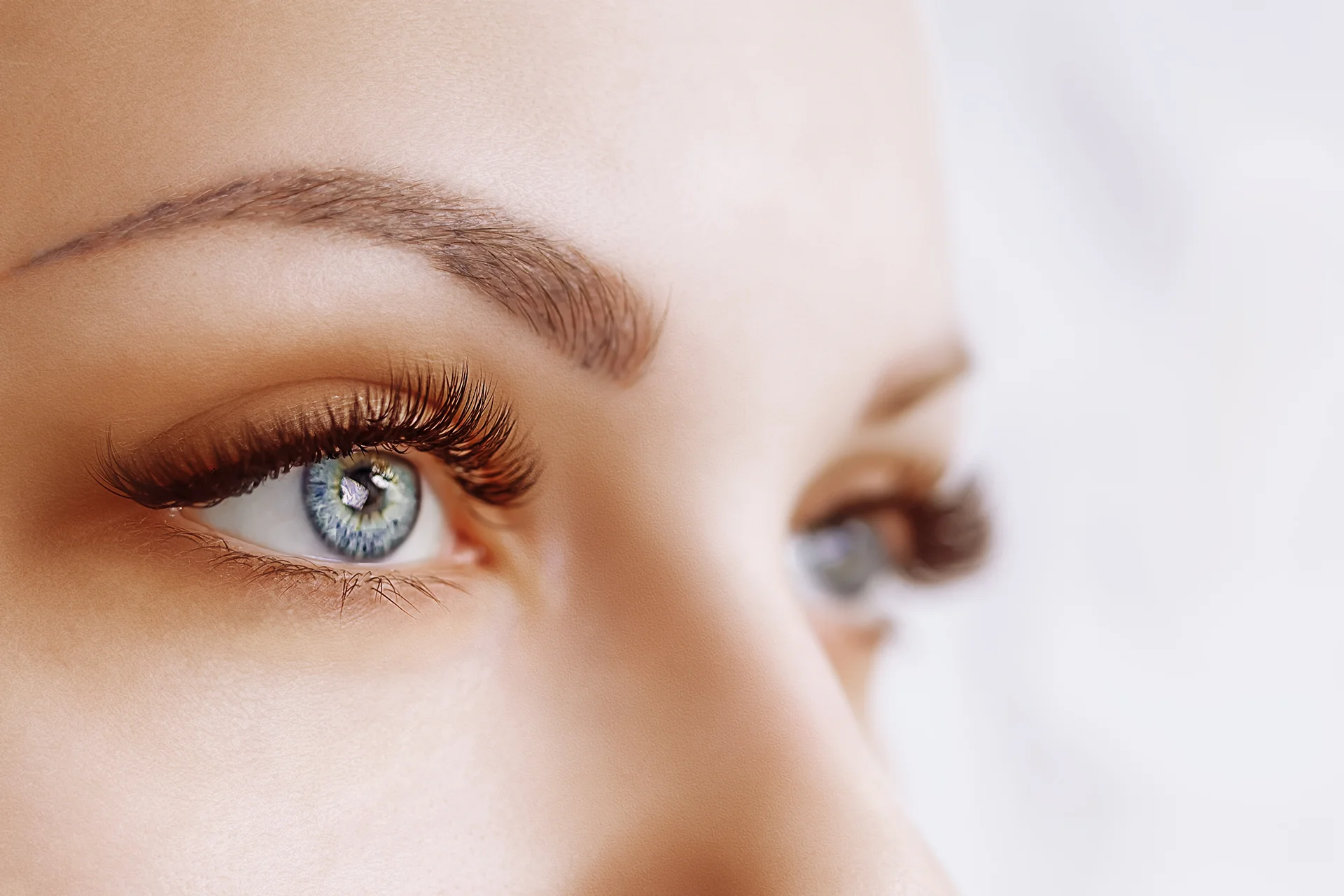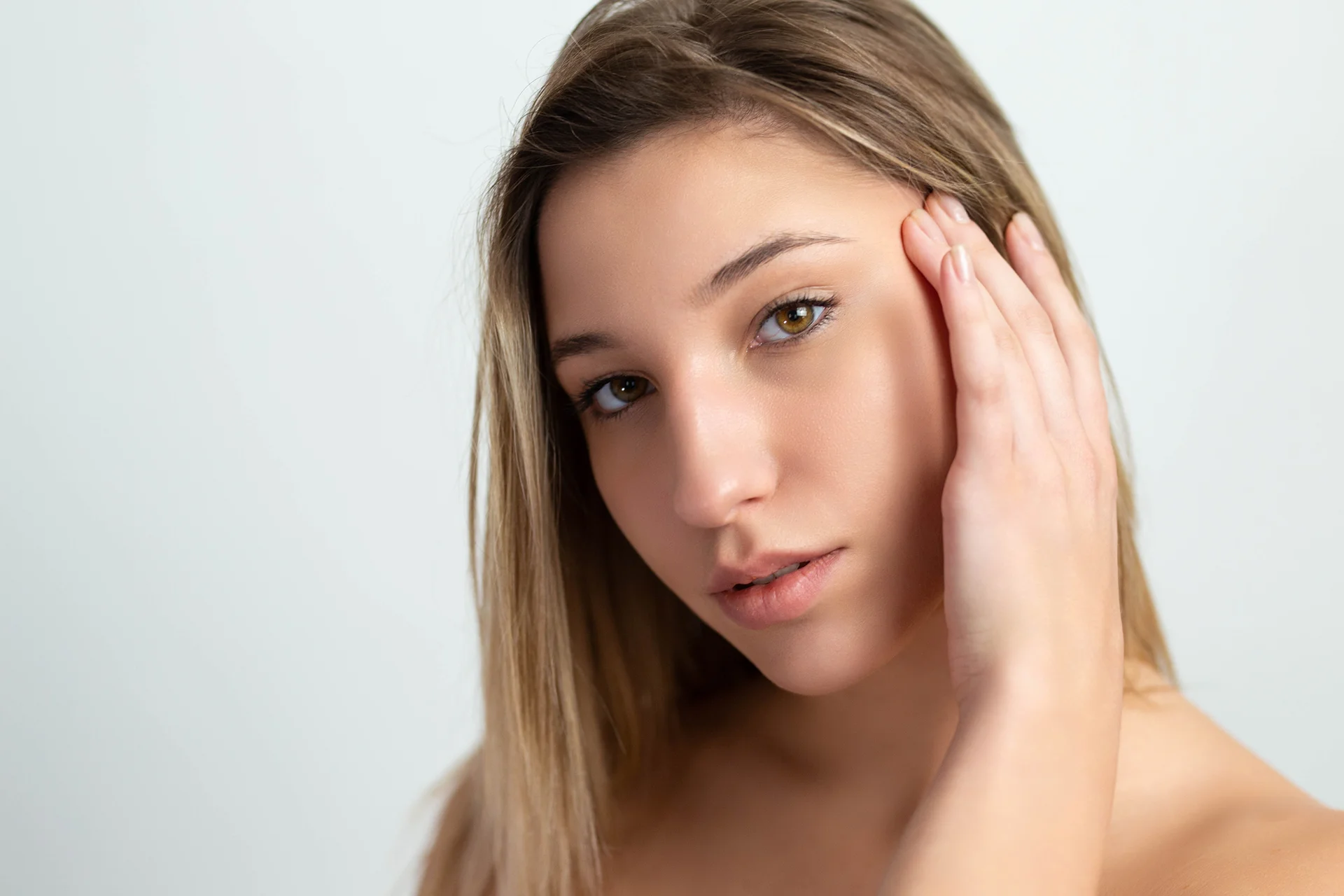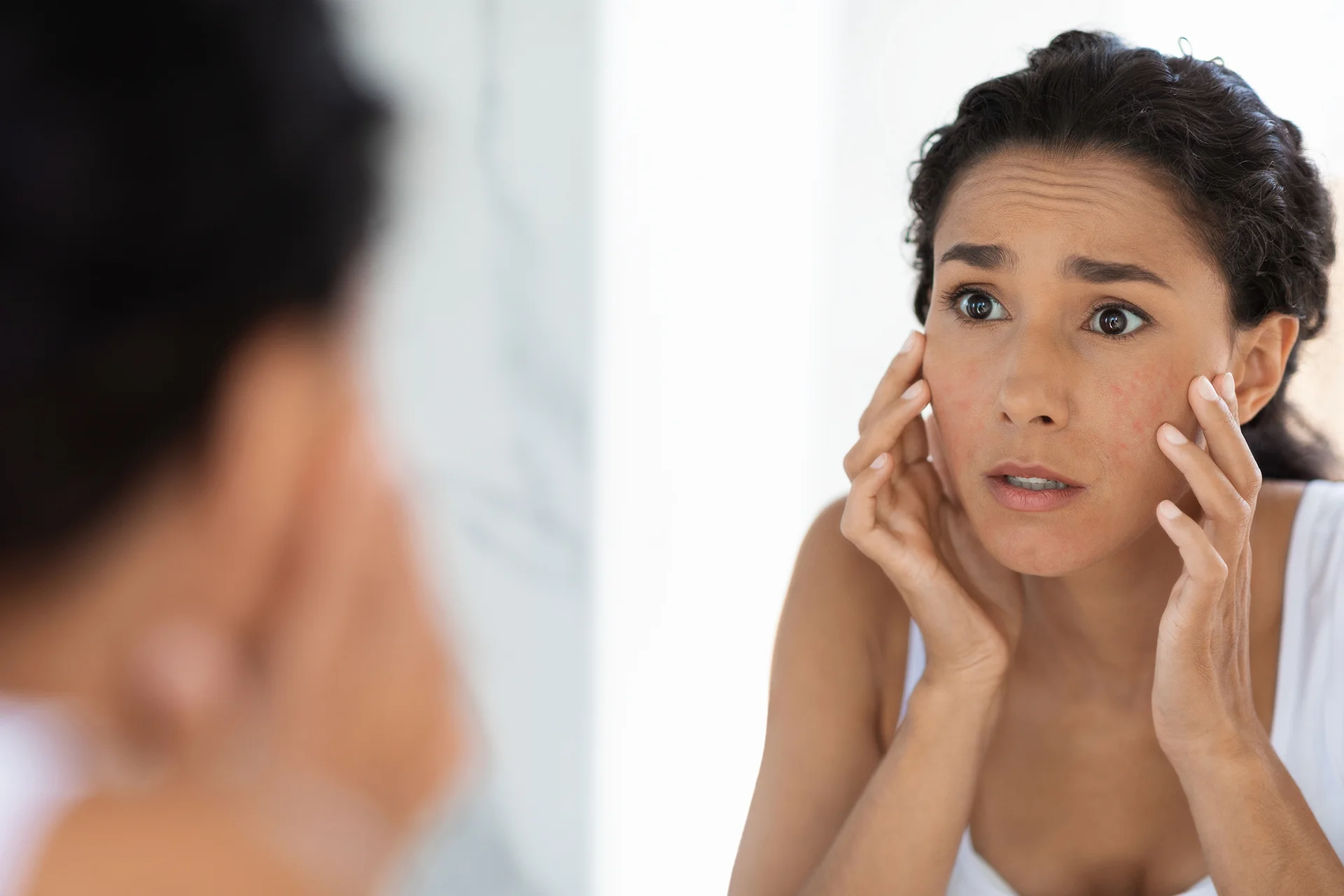In the ever-evolving world of aesthetic treatments, two names have been making waves—PiXel8-RF and Morpheus8. These aren’t just your run-of-the-mill skin treatments; they’re the crème de la crème of non-invasive skin rejuvenation technologies.
Both leverage the power of radiofrequency (RF) and microneedling to offer transformative results, but how do they differ? This article aims to dissect the core informational areas surrounding these treatments, from their mechanisms to their costs and potential risks. So, buckle up, because we’re diving deep into the skin of the matter!
How Do PiXel8-RF and Morpheus8 Work?
What’s the Science Behind These Treatments?
Both PiXel8-RF and Morpheus8 use a potent combination of RF energy and microneedling to rejuvenate the skin. The RF energy heats the underlying layers of the skin, promoting collagen production, while microneedling creates tiny punctures in the skin, triggering a natural healing process.
PiXel8-RF
- Mechanism: Utilizes customizable energy levels to treat a range of surface and subdermal issues.
- Target Areas: Effective for fine lines, wrinkles, and acne scars.
Morpheus8
- Mechanism: Known for its deep penetration, disrupting fat cells and stimulating collagen.
- Target Areas: Effective for deep facial lines, sun damage, and pigmentation.What Are the Key Differences in the Treatment Process?
How Does Each Treatment Feel?
The treatment process for PiXel8-RF and Morpheus8 varies in terms of depth of penetration and customization. While both treatments are minimally invasive, they offer different experiences.
PiXel8-RF
- Customization: Allows providers to adjust the energy levels, making it versatile for treating various skin issues.
- Sensation: Generally described as a warm tingling sensation during the procedure.
Morpheus8
- Depth: Known for its deep penetration, reaching even the subdermal layers of the skin.
- Sensation: May feel like a series of quick, tiny pinches, often described as less painful than traditional microneedling.
Are There Any Notable Differences in the Results?
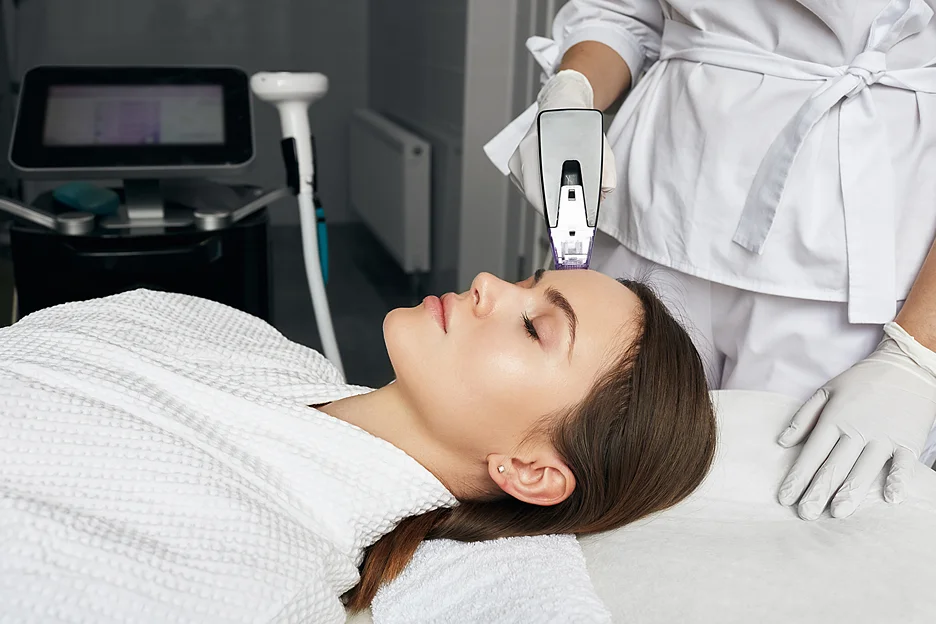
What Can I Expect Post-Treatment?
Both treatments are effective, but they excel in different areas. While PiXel8-RF is often praised for its effectiveness in treating fine lines and wrinkles, Morpheus8 is lauded for its skin-tightening capabilities.
PiXel8-RF
- Results: Effective in reducing fine lines, wrinkles, and acne scars.
- Duration: Results can last up to 6 months, depending on individual skin conditions and lifestyle factors.
Morpheus8
- Results: Known for superior skin tightening and contouring.
- Duration: Results are often long-lasting, with some patients reporting improvements for up to a year.
What’s the Typical Downtime and Recovery Period?
How Long Until I Can Go Back to My Normal Routine?
Both treatments offer minimal downtime, but specifics can vary. Generally, patients can return to their normal activities within a day or two.
PiXel8-RF
- Downtime: Little to no downtime, although some redness and swelling may occur.
- Recovery: Most patients report feeling back to normal within 24-48 hours.
Morpheus8
- Downtime: Also minimal, but may vary depending on the depth of the treatment.
- Recovery: Some patients report mild swelling and redness, which usually subsides within a few days.
How Much Does Each Treatment Cost?
Is One More Affordable Than the Other?
The cost of these treatments can vary significantly based on the provider and location. While PiXel8-RF treatments may be more budget-friendly, Morpheus8 sessions can add up, especially if multiple sessions are required.
Which Treatment Is Better for Specific Skin Concerns?
Can They Handle My Wrinkles, Scars, or Fine Lines?
Both treatments are versatile but excel in different areas. PiXel8-RF is generally better for fine lines, wrinkles, and acne scars, while Morpheus8 is more effective for skin tightening and deep facial lines.
PiXel8-RF
- Skin Concerns: Effective for fine lines, wrinkles, and acne scars.
- Customization: Energy levels can be adjusted to target specific concerns.
Morpheus8
- Skin Concerns: Effective for skin tightening, deep facial lines, and even body contouring.
- Depth: The treatment can be adjusted to penetrate deeper layers of the skin, making it versatile for various concerns.
Are There Any Potential Risks or Side Effects?
What Should I Be Aware Of?
Both treatments are considered minimally invasive with low risk, but it’s crucial to consult a healthcare provider for personalized advice. Common side effects include redness, swelling, and mild discomfort, which usually subside within a few days.
PiXel8-RF and Morpheus8
- Side Effects: Minimal, including redness and swelling.
- Risks: Low, but individual experiences may vary. Always consult a healthcare provider for a personalized assessment.
How Many Sessions Are Typically Required?
How Often Do I Need to Go Back?
PiXel8-RF
- Sessions: Varies based on treatment goals, but generally, 3-4 sessions are recommended for optimal results.
Morpheus8
- Sessions: Usually done 4-6 weeks apart, with a total of 3 sessions recommended for best results.
What Sets Pixel8 RF & Morpheus8 Apart from Others?
Why Should I Choose PiXel8-RF or Morpheus8?
Each treatment has unique features that make them stand out in the crowded field of aesthetic treatments.
PiXel8-RF
- Unique Features: Customizable energy levels, won Cosmopolitan’s Holy Grail Beauty Award for Best Skin Smoothing Treatment.
Morpheus8
- Unique Features: Known for deep penetration and superior skin tightening, making it effective for both facial and body treatments.
Conclusion
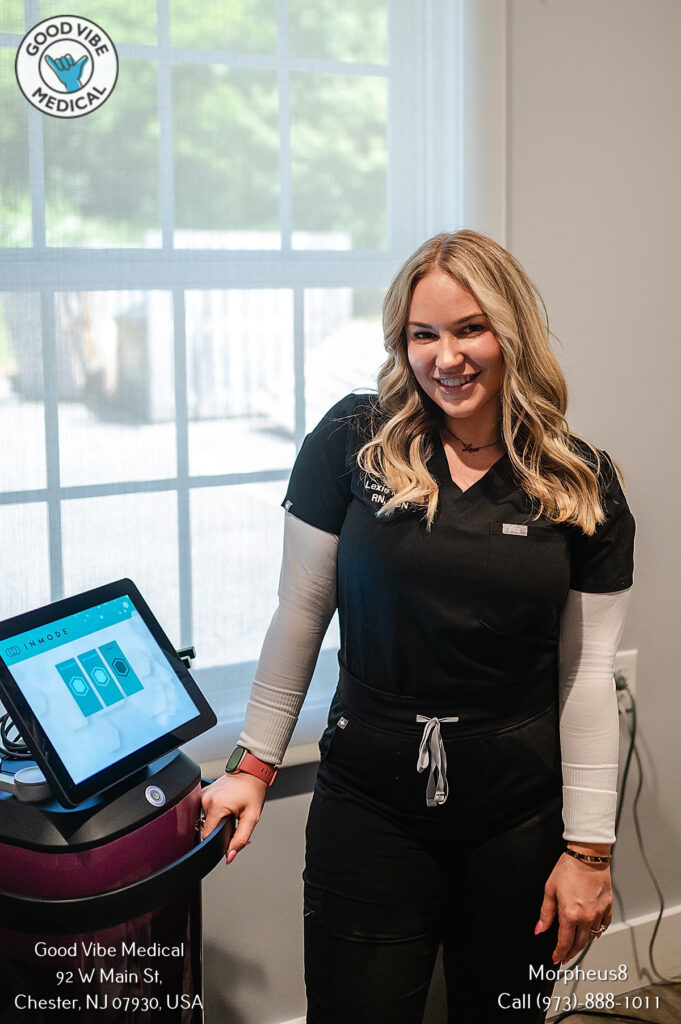
PiXel8-RF and Morpheus8 both offer promising results in the realm of skin rejuvenation. However, they differ in their mechanisms, efficacy, and costs. Understanding these differences can help you make an informed decision about which treatment is right for you. So, whether you’re looking to smooth out some wrinkles or tighten up sagging skin, these treatments offer something for.


